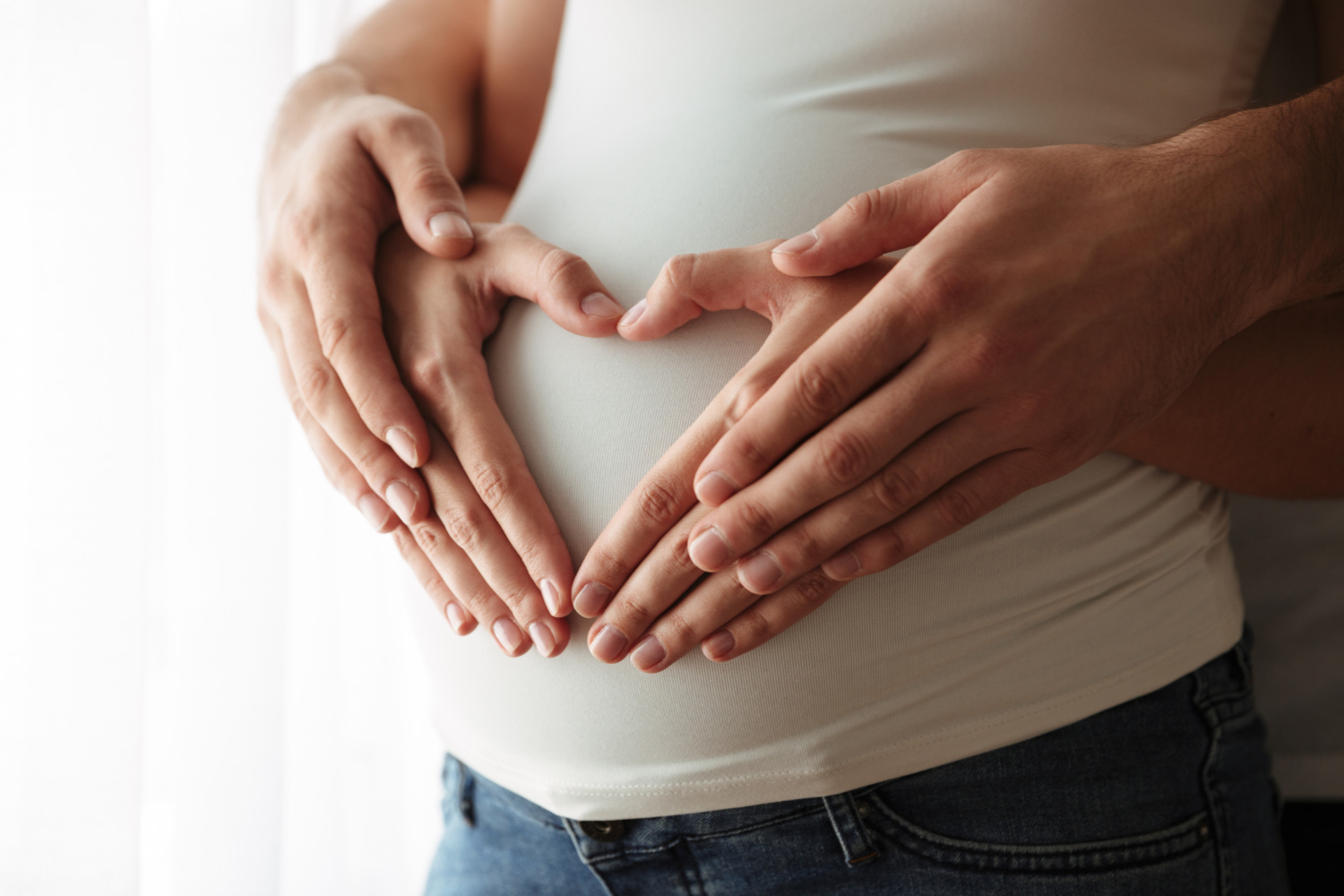Introduction
In Vitro Fertilisation (IVF) serves as a beacon of light for couples struggling to conceive. It offers hope and resolutions for individuals facing infertility challenges. The IVF process can be long and often tiring – involving various steps at each stage.
One of the most crucial steps in the IVF journey is egg retrieval, which means collecting eggs for IVF. The number of eggs retrieved during this stage can significantly influence the success rates of IVF.
In this blog, we find out the average number of eggs retrieved in IVF by age, determine how the retrieved eggs influence the next step of egg fertilisation in IVF, and discuss strategies to improve egg quality and quantity.
Understanding IVF Egg Retrieval
Egg retrieval is a delicate procedure that marks a crucial step in the IVF process. It typically occurs after a period of ovarian stimulation, during which fertility medications are administered to promote the development of multiple follicles containing eggs. The timing of collecting eggs for IVF is carefully planned to coincide with the optimal maturation of the eggs within the follicles. The retrieval itself is performed under ultrasound guidance, using a thin needle to aspirate the fluid and eggs from the follicles.
Factors such as age, ovarian reserve, and response to ovarian stimulation medications can influence the IVF number of eggs retrieved by age. Younger women tend to produce a higher number of eggs compared to older women due to the natural decline in ovarian reserve with age. Ovarian reserve testing, which assesses the quantity and quality of a woman’s remaining eggs, can provide valuable insights into her reproductive potential and guide treatment decisions.
Why Optimal Egg Count Matters
The number of eggs retrieved may determine how successful the in vitro fertilisation (IVF) procedure can be. Some research has shown that a higher egg count is associated with increased chances of achieving pregnancy and live birth. This is because a greater number of eggs provides more opportunities for successful fertilisation and the development of high-quality embryos.
To understand better, let’s focus on how do eggs get fertilised. It is essential to strike a balance between quantity and quality, as an excessive number of eggs may not necessarily translate to better outcomes. Quality eggs are paramount for successful fertilisation and embryo development.
As women age, the quality of their eggs tends to decline, which can compromise the chances of conception and result in a higher risk of chromosomal abnormalities in embryos. Therefore, it is crucial to consider both egg quantity and quality when assessing the success rate for how do eggs get fertilised during an IVF procedure.
Determining Your Optimal Egg Count
Before undergoing IVF, individuals undergo a series of pre-treatment assessments and tests to evaluate their reproductive health and ovarian reserve. These may include blood tests to measure hormone levels such as follicle-stimulating hormone (FSH), luteinising hormone (LH), and anti-Müllerian hormone (AMH). Transvaginal ultrasound is also commonly used to assess the number and size of ovarian follicles, providing information about ovarian reserve and potential response to ovarian stimulation medications.
Consulting with a fertility specialist is crucial for understanding individualised factors that may influence the size of follicles in IVF and potential egg count – both determining the chances of IVF success. Based on the results of pre-treatment assessments, the fertility specialist can provide personalised recommendations and develop a tailored treatment plan to optimise the chances of success.
Strategies to Improve Egg Count and Quality
Several strategies can help optimise egg count and quality for IVF success. Lifestyle modifications play a significant role in improving reproductive health and fertility outcomes. Maintaining a healthy diet rich in antioxidants, vitamins, and minerals, regular exercise, and avoiding harmful substances like tobacco and excessive alcohol may positively impact ovarian function and egg quality.
Ovarian stimulation protocols are tailored to individual needs and may involve the use of different types and dosages of fertility medications. These medications stimulate the ovaries to produce multiple follicles containing eggs, increasing the chances of retrieving a sufficient number of eggs for IVF. Monitoring during the ovarian stimulation phase allows the fertility team to adjust medication dosages as needed to optimise follicle development and egg production.
Adjunctive therapies such as acupuncture, herbal supplements, and lifestyle interventions like stress reduction techniques may also be recommended to enhance reproductive outcomes. Some studies suggest these alternative interventions have potential benefits in improving ovarian function and response to fertility treatments.
Risks and Considerations
While IVF offers hope to many individuals and couples, it’s essential to be aware of potential risks and considerations associated with the procedure. Ovarian stimulation carries risks such as ovarian hyperstimulation syndrome (OHSS), a potentially serious complication characterised by enlarged ovaries and fluid accumulation in the abdomen. The risk of multiple pregnancies is also higher with IVF, which can increase the likelihood of complications for both the mother and babies.
Emotional considerations are significant for individuals undergoing IVF, as the journey can be emotionally taxing and challenging. Dealing with infertility can evoke feelings of grief, stress, anxiety, and depression, impacting mental well-being and quality of life. Individuals need to seek emotional support and counselling throughout the IVF process to cope with the emotional rollercoaster and maintain resilience.
Financial implications are another important consideration for individuals pursuing IVF treatment. IVF can be costly, with expenses including fertility medications, monitoring appointments, egg retrieval procedures, laboratory fees, and embryo transfer. Insurance coverage for IVF varies widely and may not fully offset the financial burden for many individuals and couples. Therefore, it’s crucial to carefully consider the financial implications and explore options for financing or assistance programs.
Final Thoughts
The number of eggs retrieved during IVF is an important factor that significantly impacts the success rates of the procedure. Finding the optimal egg count involves a comprehensive assessment of individual factors, including age, ovarian reserve, and response to ovarian stimulation medications. By understanding the importance of both egg quantity and quality, individuals can take proactive steps to optimise their chances of IVF success.
Consulting with a fertility specialist is key to developing a personalised treatment plan that addresses individual needs and maximises the likelihood of achieving a successful outcome. If you wish to complement your fertility medications with alternative therapies, seek out reliable clinics for acupuncture fertility in Melbourne.
To know more about fertility acupuncture, contact us today.



